News
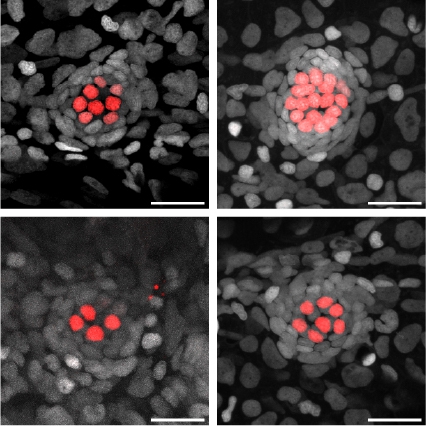
03 October 2025
How one gene flips the fate of sensory cells
Stowers scientists discover a master gene in zebrafish that determines hair cell type, a potential target for restoring hearing loss in humans
Read Article
Join us as we highlight 2024 at the Stowers Institute: New scientists, new scientific discoveries, and more.
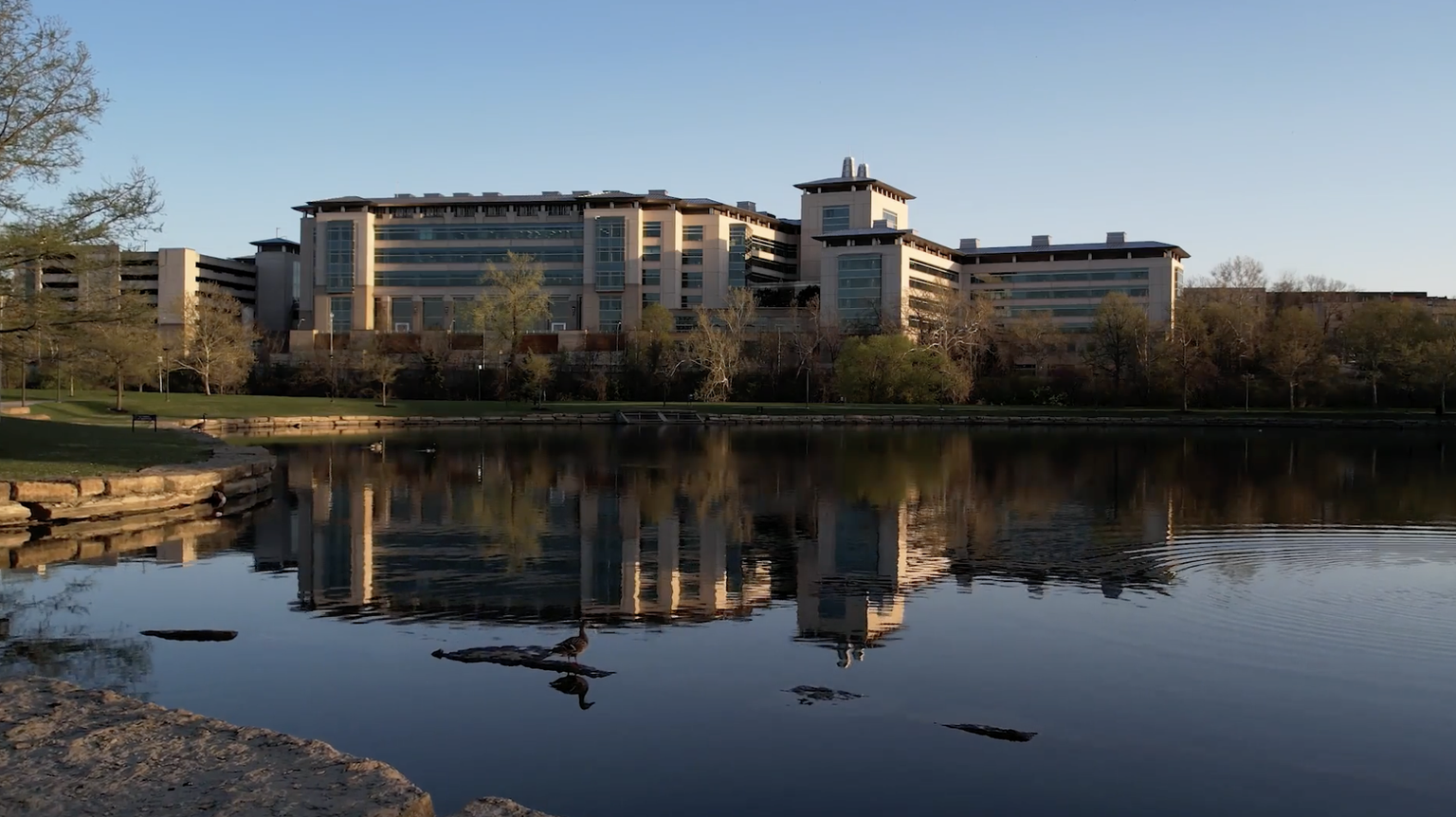
The Stowers Institute for Medical Research has had a science-filled journey in 2024. Scroll through 11 of our notable discoveries and highlights.
1. Four new Principal Investigators open labs
The Institute welcomed Kamena Kostova, Ph.D., a cellular and molecular biologist investigating the dynamics of ribosomes—protein manufacturing machines crucial for life. Kostova joins Siva Sankari, Ph.D., Neşet Özel, Ph.D., and Ameya Mashruwala, Ph.D., announced in 2023, and all four Investigators have opened labs.
2. Jim and Virginia Stowers Fellows
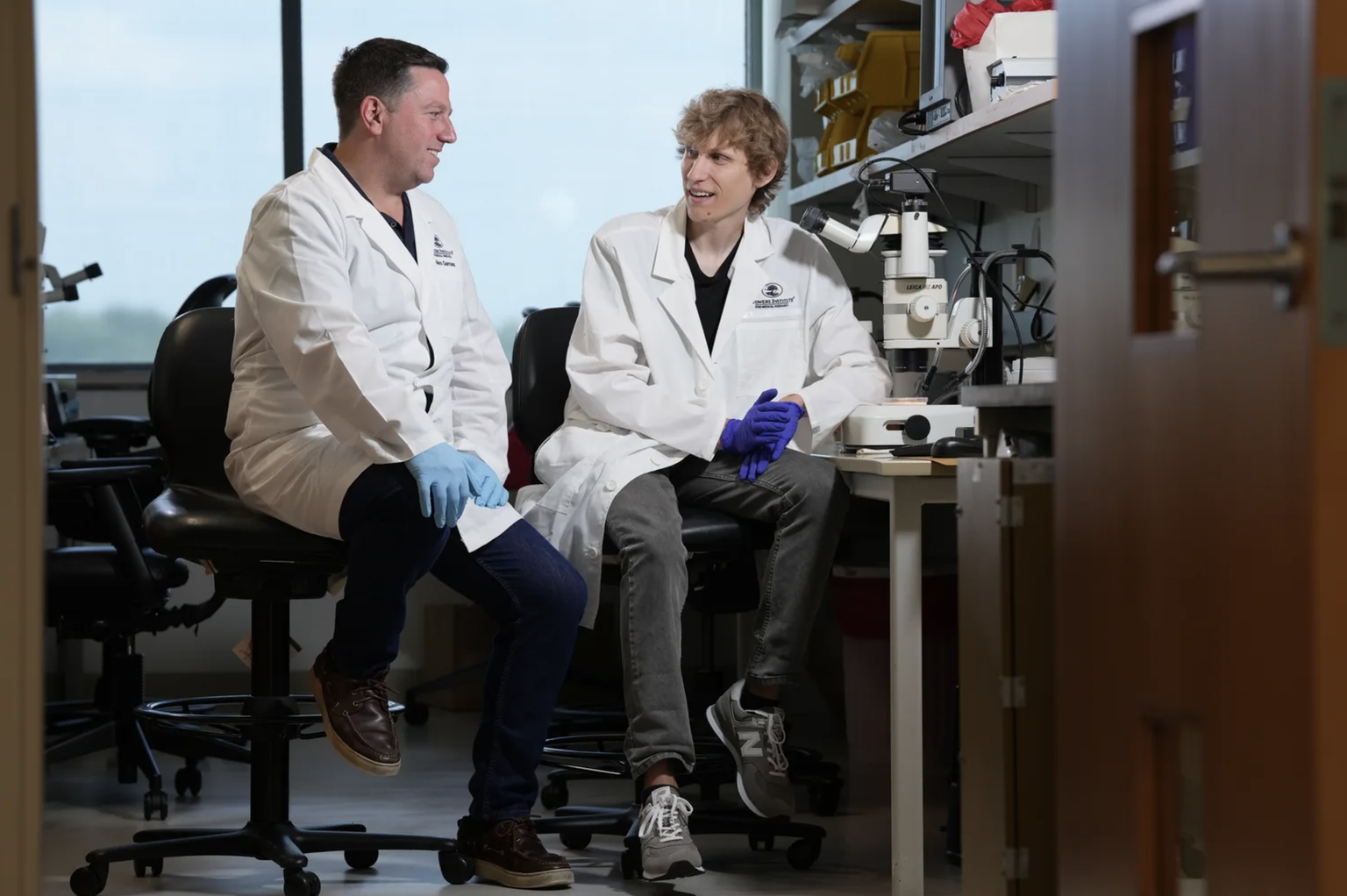
Alex Garruss, Ph.D., (left) and Nelson Hall, Ph.D. (right).
Alex Garruss, Ph.D., and Nelson Hall, Ph.D., joined as the inaugural Stowers Fellows, a five-year program designed for early-career researchers investigating foundational biology. Both Fellows employ creativity and advanced technology to tackle biological questions, from the properties of RNA to unusual flatworms.
3. New AI Initiative
Our newly launched Office of Scientific Leadership AI Initiative is designed to leverage cutting-edge computational techniques to accelerate innovation and discovery. Heading the initiative is Investigator Julia Zeitlinger, Ph.D., with support from Chief Information Officer Evelyn Travnik and Director of Scientific Data Jay Unruh, Ph.D.
4. How organisms know how much to regrow: Killifish tail regeneration
New research from the lab of Stowers Institute President and Chief Scientific Officer Alejandro Sánchez Alvarado, Ph.D., discovered a critical timing factor helping African killifish tail fin regeneration. The findings are a step toward closing the gap on how we could one day deploy regenerative medicine in humans.
5. Bats thriving solely on sugar
While high blood sugar is a hallmark for diabetes, Stowers research revealed that bats have evolved strategies to successfully manage this trait. The research team performed extensive fieldwork in the jungles of Central America, South America, and the Caribbean, and recorded the highest natural blood sugar levels ever observed in a mammal, with the potential to better understand metabolic disease in humans.
6. Sea monsters are our cousins
The sea lamprey, with a sharp-toothed suction cup in place of a mouth, is a 500-million-year-old relative. Research from the lab of Investigator Robb Krumlauf, Ph.D., discovered that a key part of the brain, the hindbrain, in both humans and sea lampreys are built using the same molecular and genetic toolkit. Learn more about the sea lamprey in our (un)ordinary organisms series.
7. The gut is robust: Key protein governs gut regeneration
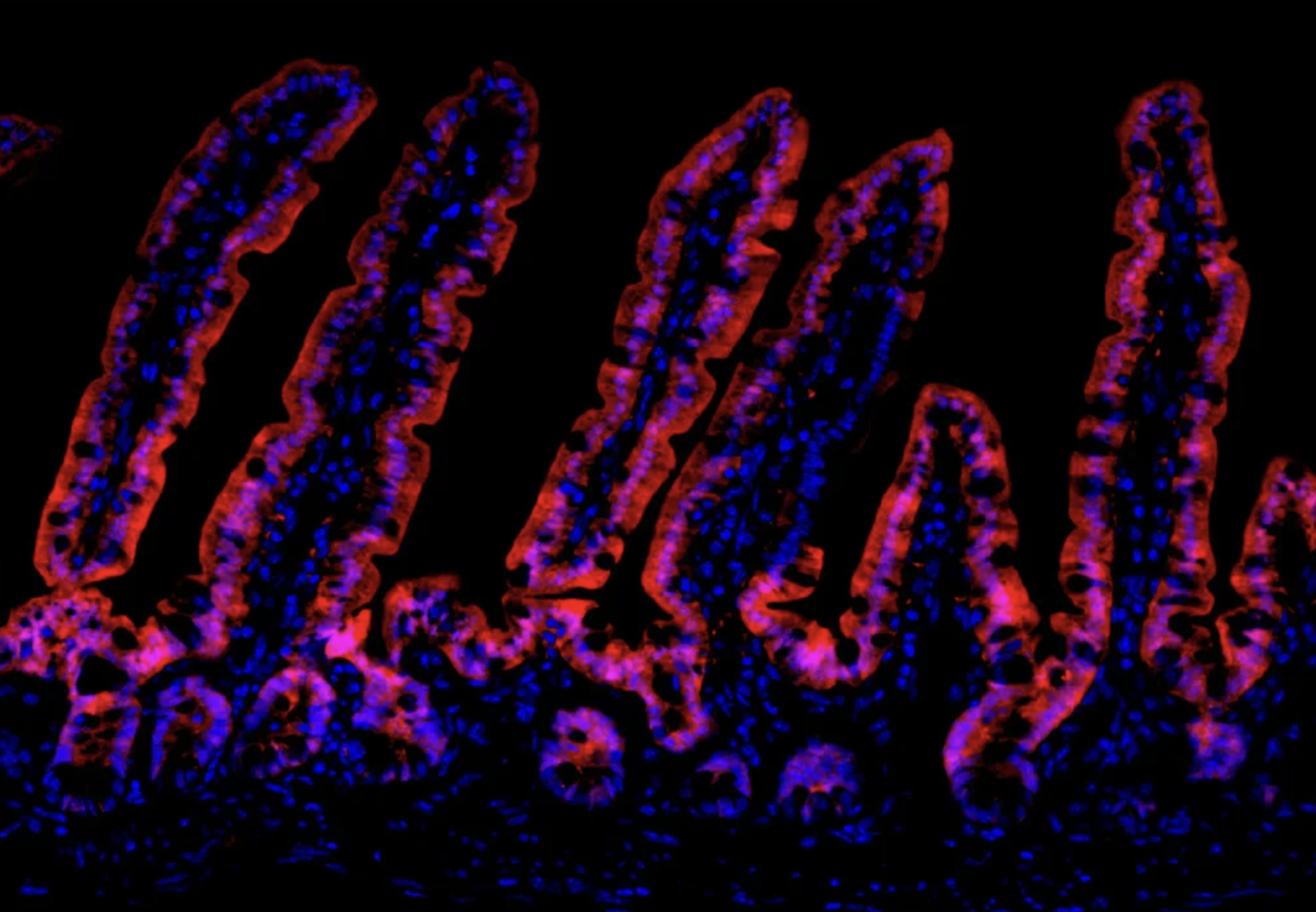
Fluorescent microscopy image showing Frizzled5 expression (magenta) within folds of mouse gut lining.
Every week, the lining of the gut must renew all its cells, making it one of the most regenerative organs in the body. Research from the lab of Investigator Linheng Li, Ph.D., uncovered a key protein facilitating this turnover and its potential as a therapeutic target for certain cancers.
8. Zebrafish may be resilient to climate change
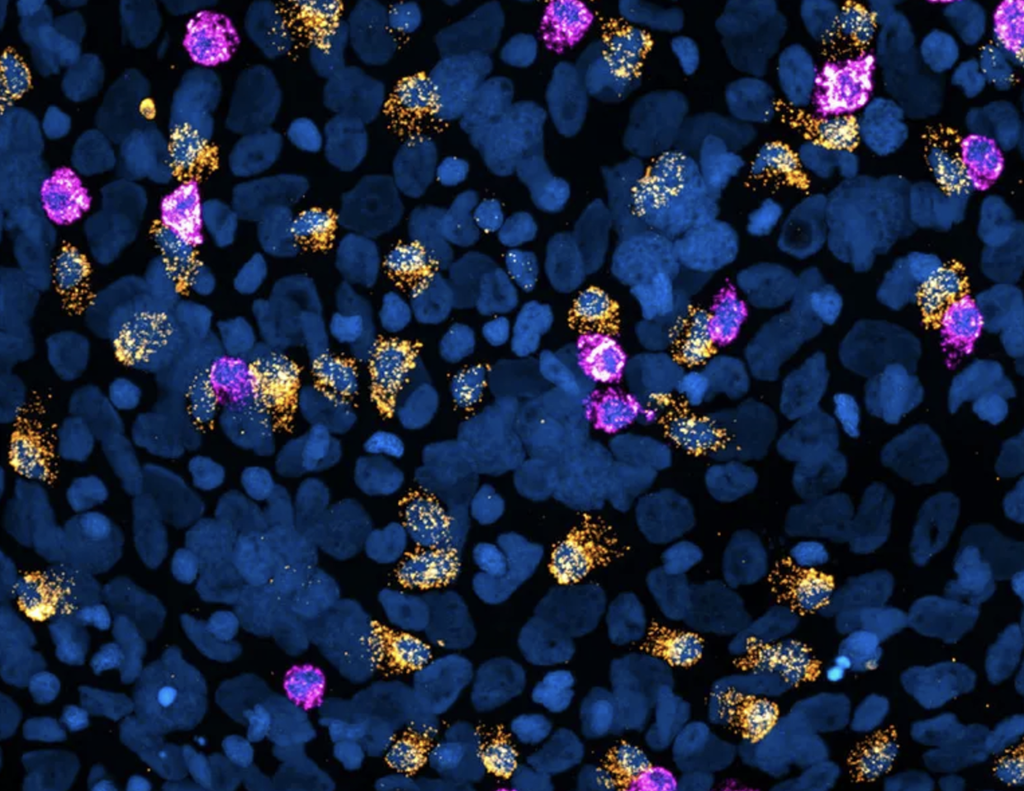
Confocal microscopy image shows cell nuclei in zebrafish skin (blue) and different types of skin ionocytes (magenta, orange).
Research from the lab of Investigator Tatjana Piotrowski, Ph.D., discovered how a recently identified type of cell found in zebrafish sensory organs develops through environmental cues. The findings show how some animals adapt to dramatic seasonal fluctuations, potentially providing clues for how they may cope with a changing climate.
9. The butterfly effect
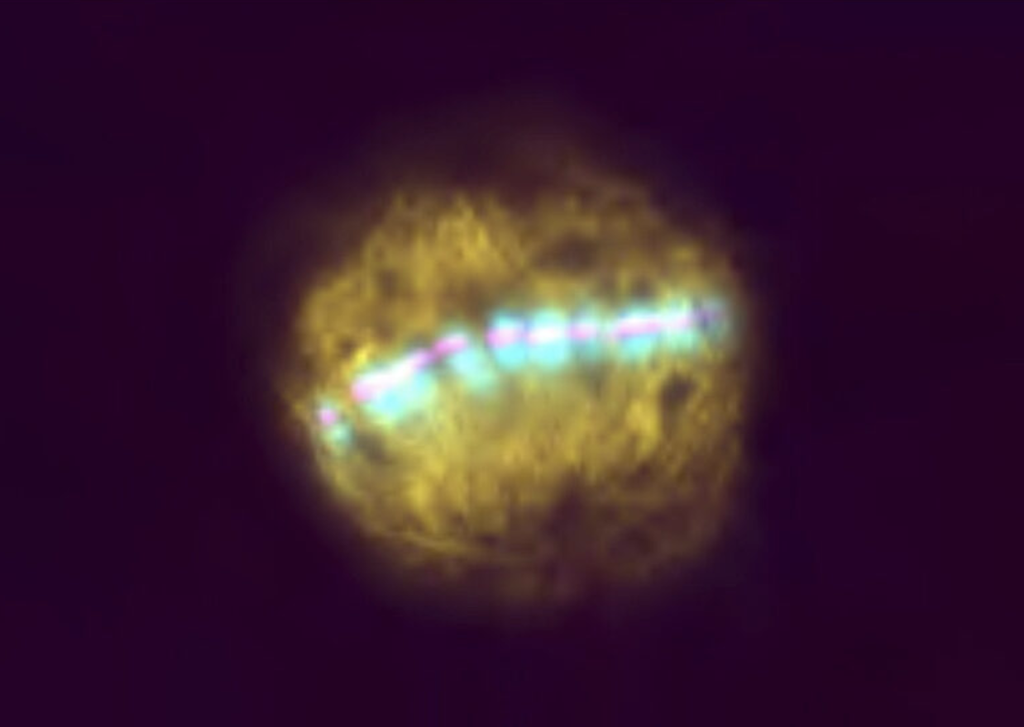
Fluorescent microscopy image of female silkworm egg arrested in metaphase I. Chromosome pairs are aligned in the center of the cell with DNA (cyan), recycled synaptonemal complex protein (magenta), and proteins responsible for separating chromosomes (yellow). Image courtesy of the Hawley Lab, Stowers Institute for Medical Research.
While silkworms are most prized for the commodity they produce—silk—they also contribute to our understanding of unusual biology behind female butterfly and moth reproduction. Research from the lab of Investigator Scott Hawley, Ph.D., discovered a different mechanism involved in reproductive cell division that holds chromosomes together until they are ready to segregate.
10. Stowers Impact: Aging and congenital conditions
Stowers scientists engage in foundational biological research for the betterment of humankind. The impact of our research has the potential to treat, alleviate, or cure human conditions. In 2024, the Stowers Institute highlighted the impact of our research on aging and congenital conditions.
11. Viral mechanisms for invasion
Mosquito-borne viral infections are spreading. Research from the lab of Associate Investigator Ariel Bazzini, Ph.D., uncovered surprising strategies for how viruses like dengue and SARS-CoV-2 infect their hosts, namely by using a different subset of genetic “words.” A greater understanding of the rules viruses follow may potentially aid in developing novel treatments and vaccines.
2024 in Images: A look back at scientific images produced by Stowers scientists
A look back at scientific images produced by Stowers scientists
News

03 October 2025
Stowers scientists discover a master gene in zebrafish that determines hair cell type, a potential target for restoring hearing loss in humans
Read Article
News

26 September 2025
"The real-world experience of being in a lab will be beneficial in helping you determine if you want a career in science."
Read Article
In The News
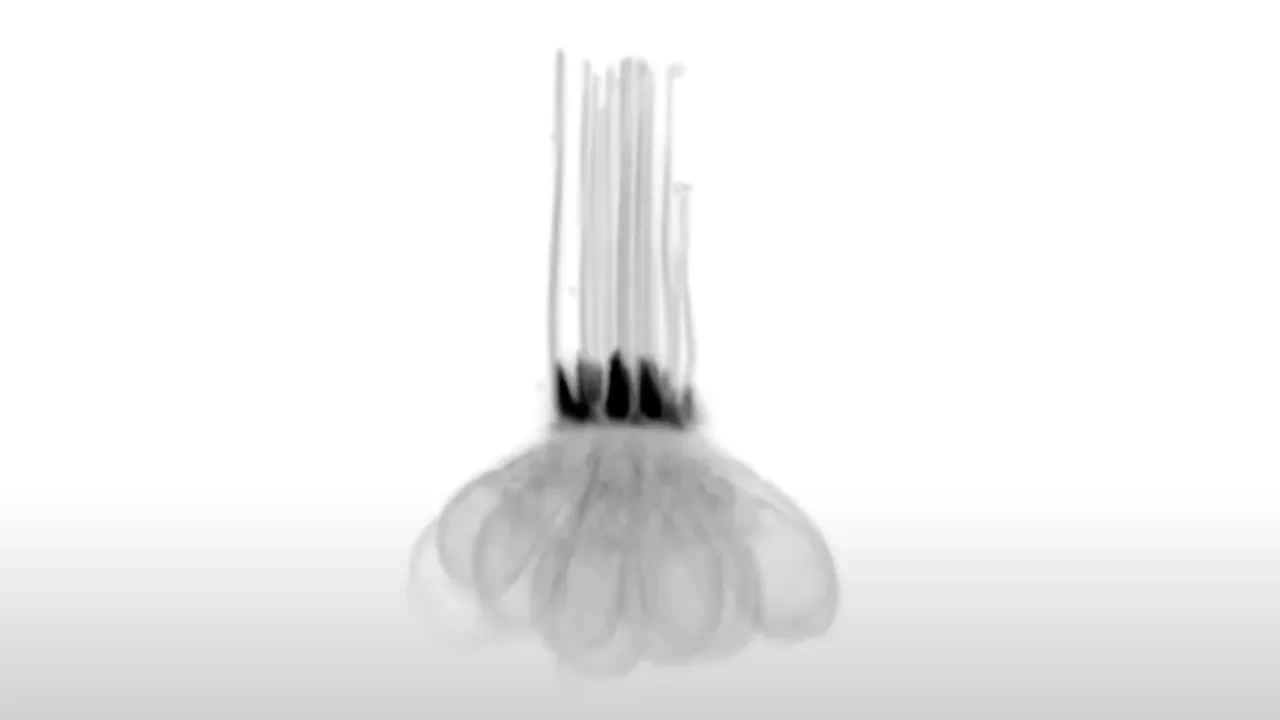
25 July 2025
Published in Technology Networks, scientists have discovered how two genes control the regeneration of sensory hair cells in zebrafish, offering new clues for addressing hearing loss in humans. Published in Nature Communications, the study, led by Tatjana Piotrowski, PhD, provides a clearer picture of how stem cells and their progeny divide to replenish damaged tissue – a process that fish perform naturally but humans cannot. These findings could open new avenues for regenerative medicine research targeting hearing and balance disorders.
Read Article